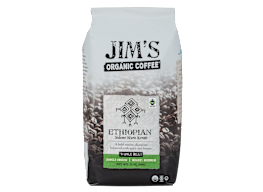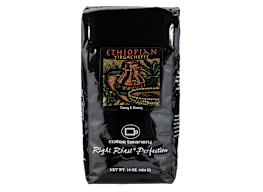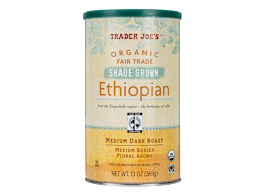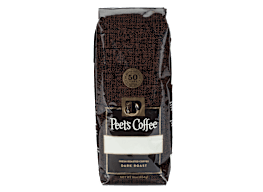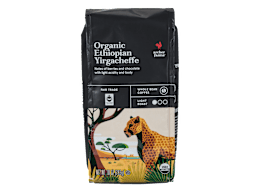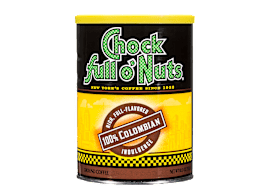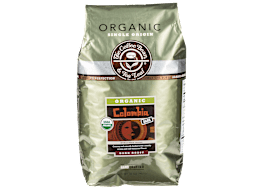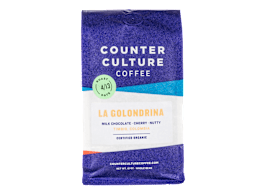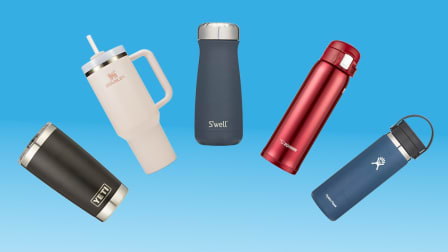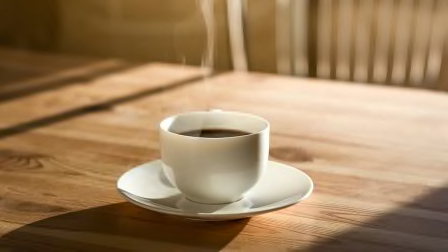Is There More Caffeine in Espresso Than in Coffee?
Drink sizes and sipping speed matter
When you shop through retailer links on our site, we may earn affiliate commissions. 100% of the fees we collect are used to support our nonprofit mission. Learn more.
If you’re feeling especially groggy in the morning, you might decide to opt for the jolt of a shot of espresso in place of your usual cup of coffee. The aromatic brew is known for having an extra kick that may help start your day.
But does espresso really have a bigger dose of caffeine than what’s in a cup of regular coffee?
Tallying the Caffeine
The answer depends on how much of each beverage you’re drinking. Espresso typically has 63 mg of caffeine in 1 ounce (the amount in one shot), according to Department of Agriculture nutrition data. Regular coffee, by contrast, has 12 to 16 mg of caffeine in every ounce, on average.
Product Picks
Consider these highly rated coffee and espresso makers from Consumer Reports’ tests.
@consumerreports The FDA considers 400 milligrams (about two to four 8-ounce cups of brewed coffee) a safe amount of caffeine for healthy adults to consume daily. But if you want to cut down on your intake, a shot of espresso may be a better option. #coffeetok #coffeetiktok #coffee #espresso ♬ original sound - Consumer Reports

















